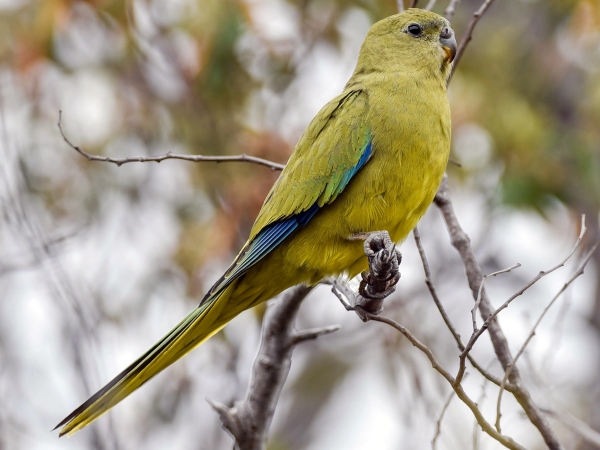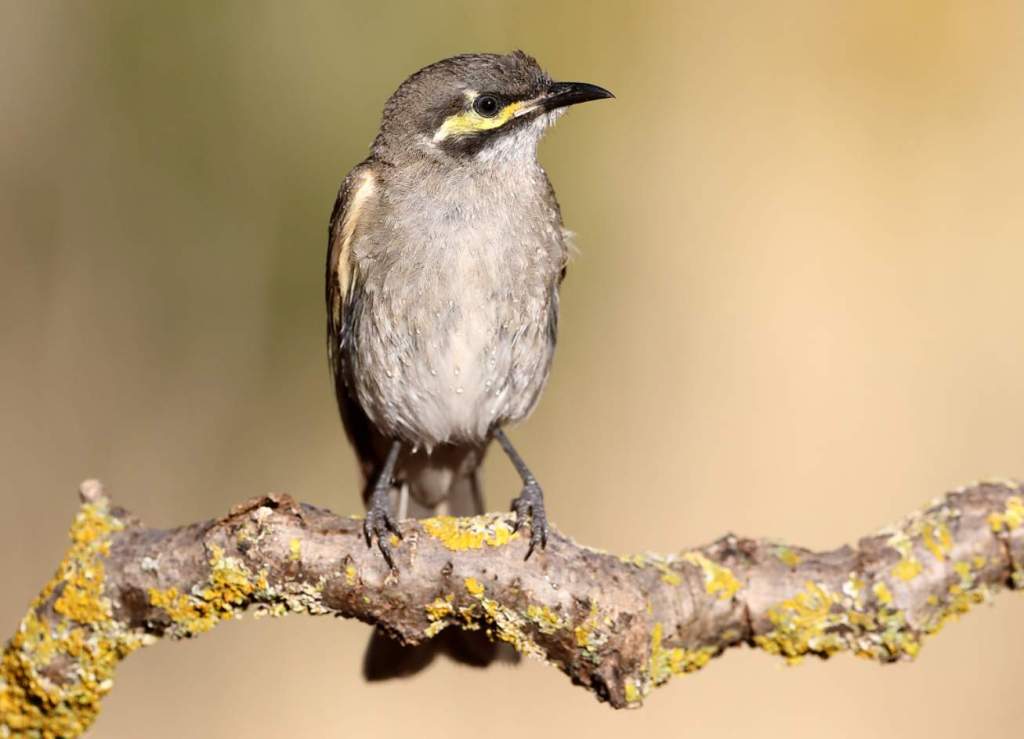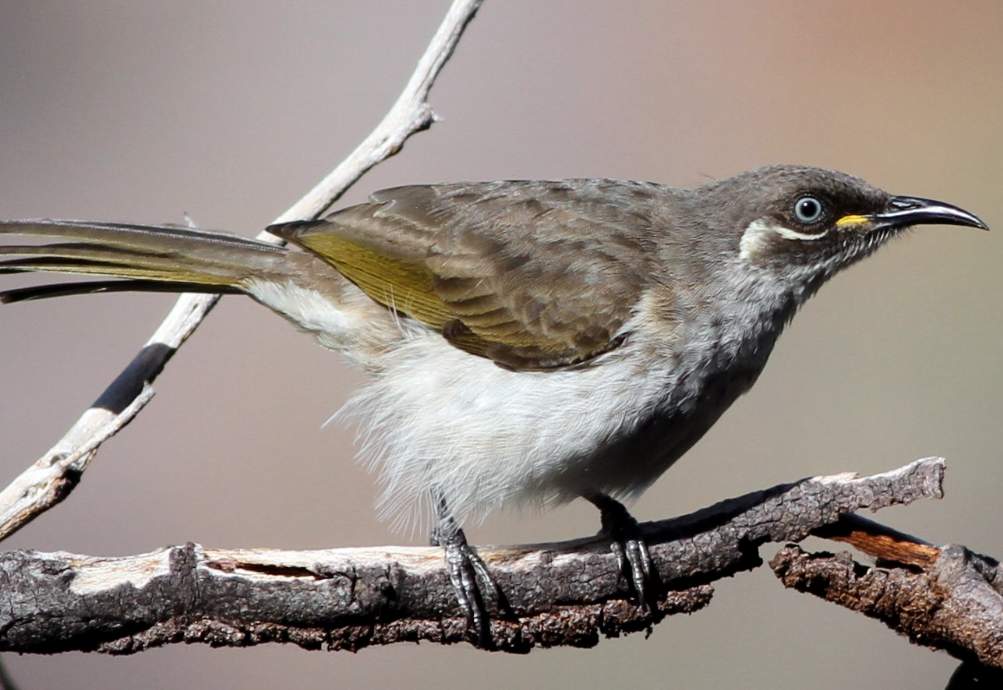Here are some rock parrot facts: The colorful wonders of nature you never knew existed
Family: The rock parrot (Neophema petrophila) is a member of the old-world parrot family Psittaculidae in the genus Neophema.
Habitat: The rock parrot (Neophema petrophila) is a stocky bird that lives in treeless shrublands on the coast and offshore islands of southern Australia, rarely ranging more than 10 kilometers inland. They generally congregate in small parties, but sometimes up to 10 birds meet to feed or to nest on an island. The birds prefer habitats in open environments like heathlands, coastal grasslands, and salt marshes. Additionally, the species has been found in salt marshes, sand dunes, and beneath the sprinklers on Rottnest Island’s golf course. Thus, they typically avoid the farmland.
Vocalizations: They are generally quiet and inconspicuous, but a two-syllabled “zit” call is their primary vocalization. The rock parrot contact call, always in flight, is a plaintive, but penetrating tsit-tseet, repeated rapidly and often. Occasional subdued titter-titter during feeding.
Identification: Both adult sexes are similar in appearance. The upper parts, including the crown, are dull olive. The frontal band is a deep hue with pale blue edges. The lores, eye-surround, and foreparts of the cheeks are pale blue-green. The throat, breast, and sides of the head are dull grey-olive. The belly and lower underparts, including the underside of the tail, are bright yellow. Also, the underwing coverts are bent, and the outer webs of dusky primaries are deep blue; the primary coverts are paler blue. Tail feathers are blue-green, tipped, and edged within yellow. The eyes are dark brown. The bill and cere are black. The feet are grey. Immature birds are duller than adults. Foreparts of cheeks grey-olive. Underwing stripes are present. Adult plumage at three or four months. The downy young is white-downed and yellow-billed.
Diet: Rock Parrots are ground feeders, so they feed on seeds, herbs, and fruits of plants adapted to salty conditions and are particularly fond of the seeds of pigface. They occasionally eat insects and other invertebrates as well.
Behavior: Rock parrots are inconspicuous as they forage and feed early in the morning and late in the afternoon. The rest of the day they spend sitting quietly in a bush or sheltering under a rock.
Flight: The rock parrot’s flight is swift and erratic with jerky side movements, and rapid wing beats are interspersed with brief glides on down-swept wings.
Courtship: In courtship, the male stands erect, spreads wings and tails, then bobs his head to feed his mate, begging with tsit-tsit cries. He also calls her out from the nest to be fed in the same way while she is brooding
Nesting and Breeding: Rock parrot nesting and breeding occur in August-December on offshore islands. The nesting location is behind rocks, in cracks, or in burrows; it may also be covered in plants like noon flowers or pigface. On a few occasions, they may use the nest of wedge-tailed shearwaters, or white-faced storm petrels. Nests are elusive and difficult to locate, no matter where they are located. Measurements of the nest’s depth indicate that it is between 10 and 91 cm in cracks, 15 cm under ledges, and 91 and 122 cm in seabird burrows that have been reused. In certain places, rock parrots can breed in large numbers, with nests spaced several meters apart.
Eggs and Incubation: The bird lays 4-5 white eggs, ellipsoidal, about 24 x 20 mm. Laid in a depression under the slab of rock or in a crevice behind overhanging plants. Laying of eggs occurs every two to four days, with the possibility of a second brood in years that are favorable. Over 18 to 21 days, the female incubates the clutch by herself, receiving food from the male during this time. Young fledge in about 29–30 days; but maintain loose association with parents within the flock.
Distribution: Rock parrots are found along the coastal dunes, samphire flats, and heathy offshore islands in the south and southwest; they are absent from the Head of the Great Australian Bight. Plentiful and sedentary, or moving to offshore islands to breed and back to the mainland after.
Size: The rock parrot measures about 215-220 mm long, including a slender tail, and weighs around 50–60 grams (1.8–2.1 ounces).
Pet: Rock parrots are intelligent birds that can learn to talk and do tricks. Although they are not very common as pets, they are growing in popularity in the avian world.
Races: There are two races: one brighter citrine-olive in Western Australia east to Israelite Bay; the other browner olive and darker yellow ventrally around South Australian gulfs between Fowlers Bay and Robe.
Lifespan: As comparatively long-living birds, rock parrots can survive up to 20 years in captivity.
Similar Species: The elegant parrot in Western Australia and the blue-winged parrot in South Australia, which have similar olive plumage but brighter colors, might be mistaken for the rock parrot. Both of the aforementioned species have yellow lores, and the latter has wings that are significantly bluer, while the greener plumage of the orange-bellied parrot (Neophema chrysogaster) is more vivid.
Status: The International Union for Conservation of Nature (IUCN) lists it as a least-concern species, even though its population is falling.







